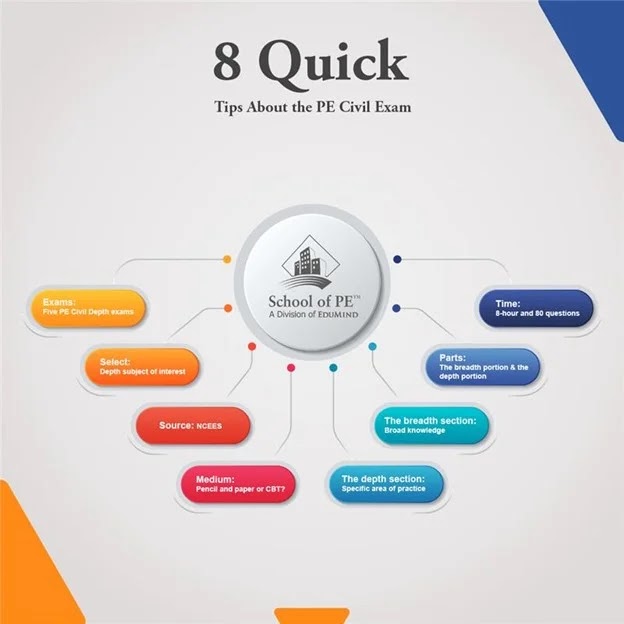
Monday, 28 September 2020
8 Quick Tips About the PE Civil Exam

Monday, 21 September 2020
10 Strategies to Pass the California Surveying Exam the First Time

Ms. Kelly is an experienced structural engineer with a focus on seismic risk. She has extensive experience in structural failure investigations, seismic structural design, and seismic risk assessments. Through the School of P.E., she has taught a 32-hour course for the California Seismic P.E. Exam, authored several blog posts, and contributed to other review products. She has a Bachelor of Science in Civil Engineering from Johns Hopkins University and a Masters of Engineering in Structural Engineering from Lehigh University.
Monday, 14 September 2020
Pass the PE Civil Exam: Strategies to Overcome Failure
Sidney May is a multi-state licensed Civil Engineer with over 15 years of work experience in Civil and Environmental Engineering. She holds a B.S. in Civil Engineering. Her expertise includes public works processes; managing capital improvements projects; developing project scopes and budgets; preparing design drawings; developing project specifications; and managing construction projects. Sidney develops course content; teaches refresher courses; and has co-authored the Civil Exam Transportation Depth Review Guide for the School of PE. Her civic duties include volunteering with S.T.E.A.M programs; serving as a professional mentor for the University of Alabama civil engineering students; and serving in leadership roles within the ASCE.
Monday, 7 September 2020
PE Civil Exam Preparation Guidelines
Sidney May is a multi-state licensed Civil Engineer with over 15 years of work experience in Civil and Environmental Engineering. She holds a B.S. in Civil Engineering. Her expertise includes public works processes; managing capital improvements projects; developing project scopes and budgets; preparing design drawings; developing project specifications; and managing construction projects. Sidney develops course content; teaches refresher courses; and has co-authored the Civil Exam Transportation Depth Review Guide for the School of PE. Her civic duties include volunteering with S.T.E.A.M programs; serving as a professional mentor for the University of Alabama civil engineering students; and serving in leadership roles within the ASCE.